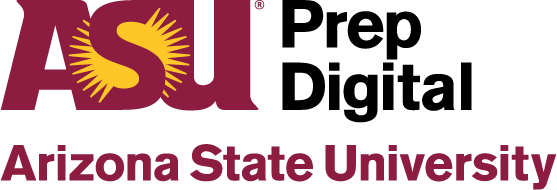Shortcoming (noun): “A fault or failure to meet a certain standard, typically in a person’s character, a plan, or a system.”
COVID-19 reshaped the world in many profound ways, one of those being the effects on traditional schooling and education. Millions of teachers, students, and families faced the uncertainty of how to continue learning amid a myriad of disruptions. School shutdowns. Teacher shortages. Mask mandates. Social distancing. Rising fear. Isolation.
Among the first shortcomings noted was the scramble to ensure students had technologically sound devices and could connect to the internet. Concurrently, there was the surge of trying to get brick-and-mortar teachers up to speed on remote learning so they could captain their own ships. And of course, families had to quickly create the space, structure, and supervision necessary to help their children navigate the online learning seas.
Homeschooling, while not new, experienced a rise during the pandemic, and the national homeschool population doubled in growth with a large increase in minority families.
“The way digital learning ‘went down’ during the pandemic—I would not have wished that on anyone,” said Kay Johnson, Director of Strategic Communications, ASU Prep Digital. “I have huge empathy for all teachers who were not familiar with digital learning. Those teachers were heroic.”
The rush to pivot to online learning was swift, and many schools and districts were thrust into murky, uncharted waters without proper tools or training.
“The tragedy is that we’ve had the tools in place for digital learning and we could have responded to the pandemic in a much more fluid way given how many schools have been providing online education successfully for decades,” said Johnson. “A remote program is vastly different from one in which the content and instruction were designed from inception to be delivered in an online environment.”
One example she shared is project-based learning, such as science labs. There are ways to collaborate online, but brick-and-mortar schools were not given the time to consider “how.”
Now, three years after the pandemic’s emergence, studies show the depth of academic disruption: Decreases in academic learning and declines in test scores.
Many states are looking at what happened during the pandemic and are addressing online learning and its shortcomings during COVID. Texas was the first state to publish a full set of student test scores. The results were grim—large learning losses in both reading and math—not only wiping out learning gains, but setting them back to 2016 and 2013 levels, respectively.
Nationally, research shows that the pandemic widened pre-pandemic test score gaps by race and economic status with younger students seeing some of the biggest declines in learning. Additionally, income-based academic gaps in elementary schools widened 20 percent in math and 15 percent in reading since the pandemic began.
High-tech, High-touch Helps Address Learning Gaps
In an attempt to address those racial and economic disparities, the Arizona Governor’s office recognized they needed to train all their teachers how to properly use digital tools. At the onset of COVID-19, they formed the Arizona Virtual Teacher Institute (AZVTI) in partnership with the Helios Foundation and Arizona State University. ASU Prep Digital, ASU’s K–12 online school, provided training to districts and emergent sites to help teachers navigate their new virtual world. Educators received free, web-based training on relevant topics anytime, anywhere to fit their schedule. To date, they have trained more than 15,600 teachers.
With a core commitment to putting students first, ASU Prep Digital addresses academic gaps through a high-tech and high-touch approach to learning. “It comes down to the human element and support of students,” said Johnson. “We’re not waiting for a student to call with a problem. Our staff is proactive, and we actively reach out with multiple touchpoints.”
And the human element is working–ASU student’s test scores are 23 percent higher in English Language Arts–21 percent higher in Math, than State of Arizona high school averages. ASU Prep Digital instituted a research program in August 2021 to measure programmatic effectiveness. Using a rigorous standardized test, a longitudinal study of achievement growth scores revealed that students in ASU Prep Digital made strong positive progress in the academic year in both Reading and Math. Additionally, 70-80 percent of students in each grade finished the academic year with higher achievement than they started with. Researchers found consistent evidence of growth not only for high achieving students but for students who need improvement. The quantitative magnitude of growth either meets or exceeds reputable growth benchmarks for schools across the country.
Johnson added that offering a robust digital experience is just one component. “There are online learning tools that give us amazing feedback and data and content…but having someone shepherd those kids along is critical. That’s what it takes to get the next level of quality.”
Find the Right Digital Learning Partner
Being “forced” into remote learning because of the pandemic has been a wakeup call for many, but one thing is certain: Digital learning is not going away, and it doesn’t have to be an either-or mentality. Finding the right partner to provide training, digital curriculum and even remote teachers is the key to school success.
ASU Prep Digital provides K–12 school districts with single online courses, full-time virtual programs, innovative learning recovery solutions, and professional development options. It is ranked at the top of the 2022 Best Schools List.
For information about partnering with ASU Prep Digital, please email partnership@asuprep.org.


